The first higher educational institutions , universities, began to appear more than a thousand years ago. At first, most of them focused on teaching theology, but over time they began to emphasize the development of the exact sciences, medicine and the fine arts. For almost more than ten centuries, many universities were created and disappeared, and only a few of them have survived to this day.
Introducing the top 10 oldest universities in the world.
- 10. University of Salamanca (1218)
- 9.Paris University (1215)
- 8.Cambridge University (1209)
- 7. University of Montpellier (early XIII century)
- 6. University of Paris (between 1150 and 1170)
- 5. Oxford University (1096)
- 4. University of Bologna (1088)
- 3. Baghdad Nizamiya (1065)
- 2. Al-Azhar University (970)
- 1. Constantinople University (885)
Table of Contents
10. University of Salamanca (1218)
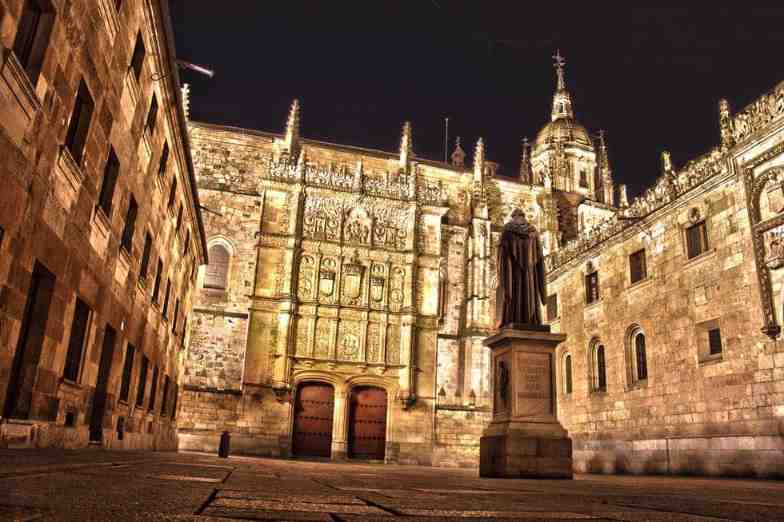
This educational institution is located in the city of Salamanca, Spain. It was founded in 1134. It is the third oldest university in the world still operating and the oldest currently functioning institution in the Spanish-speaking world. The formal title “university” was granted by King Alfonso X in 1254 and recognized by Pope Alexander IV in 1255.
9. University of Paris (1215)

The Historical University of Paris (Franc. Université de Paris) first appeared in the first half of the XIII century, but in 1970 was reorganized into 13 autonomous universities (University of Paris I – XIII). The university is often called the Sorbonne or La Sorbonne after the collegiate institute (Collège de Sorbonne) founded in 1257 by Robert De Sorbonne, but the university as such was older and was never fully focused on the Sorbonne. Of the thirteen current successor universities, four are in the historic Sorbonne building, and three include the Sorbonne in their names.
8.Cambridge University (1209)

The beginning of the university’s existence is considered to be 1209, when scientists from Oxford migrated to Cambridge, fleeing the Oxford “city and mantle” riots (citizens against scientists). To prevent possible troubles, the Cambridge authorities allowed only scientists to stay in the city under the supervision of a master. Partly to provide them with permanent residence, in 1284 Hugo de Balchem, Bishop of Aelia, founded (in imitation of Oxford) the first college, Peterhouse. Over the next three centuries, 15 more colleges were founded, and in 1318, Cambridge was officially recognized as a studium generale from Pope John XXII.
7. University of Montpellier (early XIII century)
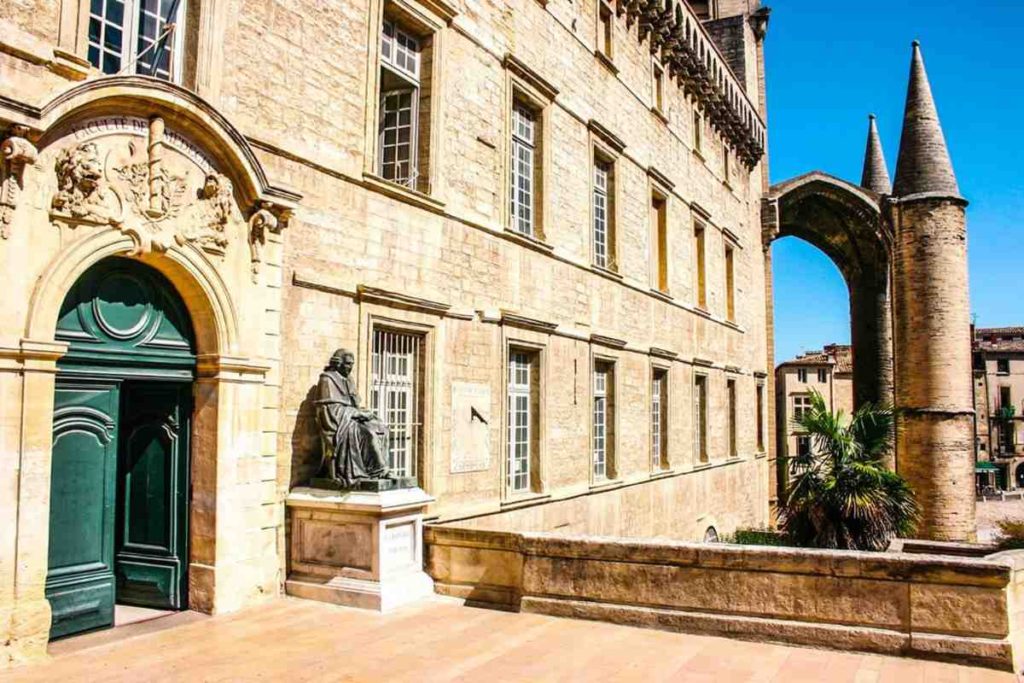
Montpellier University was founded in 1220. In the 13th century, Montpellier was one of the greatest teaching studios in Europe and maintained its high position until the middle of the 14th century. Although the university was founded as a center for Roman Catholic education, it soon came under Jewish and Arab influence and began to focus on secular studies in law and medicine. Placentius, a renowned medieval lawyer, is believed to have founded a school in 1160 that became the Montpellier School of Law. The medical school was world famous during the medieval period and Guy de Choliak developed the scientific method of surgery in Montpellier.
Montpellier was closed during the 1789 revolution and rebuilt as a university in 1896. Today these three universities are state and academically autonomous.
6. University of Paris (between 1150 and 1170)

The University of Paris is one of the archetypal European universities, founded around 1170.
The university had 4 faculties: arts, medicine, law and theology. The first was considered the lowest in rank, but also the most numerous, because students had to successfully complete it in order to enter one of the higher faculties. Students were classified into 4 nationalities based on language or origin: France, Normandy, Picardy and England.
5. Oxford University (1096)

As the oldest university in the English-speaking world, Oxford has an exciting past, spanning everything from rebellious students to seriously impressive graduates.
Try as you may, there is no official date for the founding of Oxford University, although records show that teaching (in one form or another) began at Oxford in 1096. It was in the XII century that the university really began to grow: respected teachers began to lecture here, and students began to live and study in Oxford. In 1167 Henry II banned English students from attending the University of Paris, which led to a rapid increase in the number of students at Oxford University.
4. University of Bologna (1088)
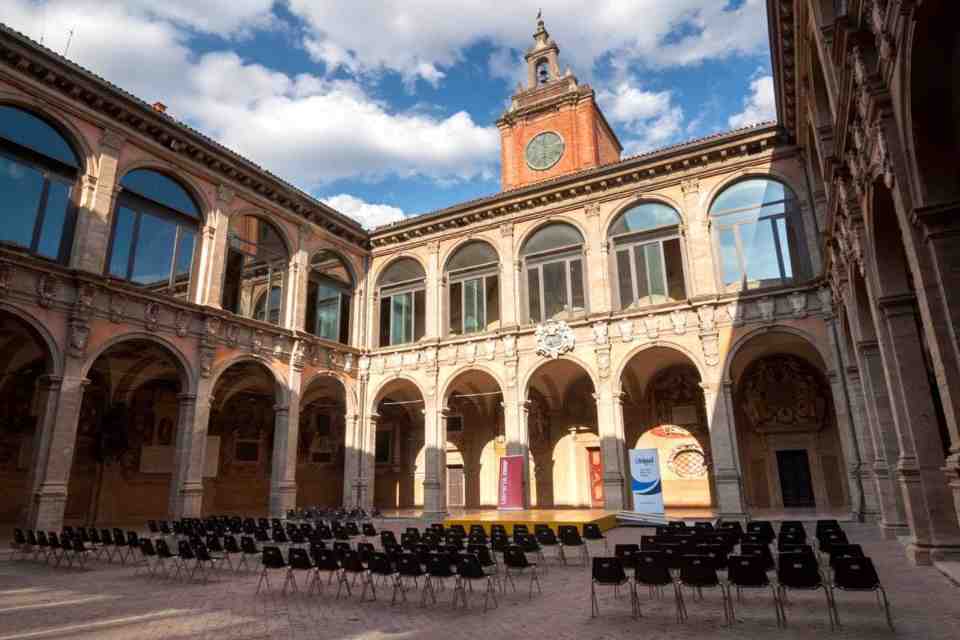
The Italian University of Bologna is one of the oldest and most famous universities in the world, founded in the Italian city of Bologna in the 11th century. It became the main center for the study of canonical and civil law in the 12th and 13th centuries and attracted students from all over Europe. The organizations established in Bologna have become a model for modern universities. In 1158, Emperor Frederick I granted privileges to Bologna scholars, which subsequently extended to all Italian higher education institutions.
3. Baghdad Nizamiya (1065)
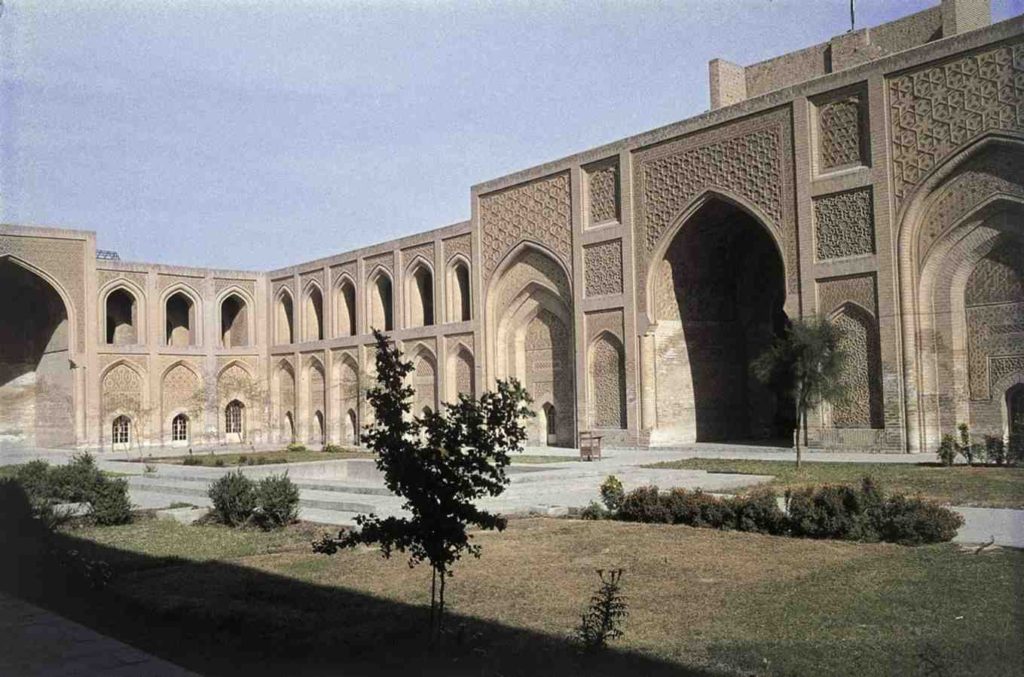
Al-Nizamiyya from Baghdad was founded in 1065. In July 1091, Nizam al-Mulk appointed 33-year-old Al-Ghazali a professor at a university that offered free education. It has been described as “the largest university in the medieval world.” Ibn Tumart, the founder of the Berber Almohad dynasty, is known to have attended school and studied with Al-Ghazali.
In 1096, when Al-Ghazali left Nizamia, it had 3,000 students. 1116 Muhammad al-Shahrastani taught in Nezamiyah. in the 1170s the statesman Beha ud-Din taught in Nezamiyah before he moved to teach in Mosul.
2. Al-Azhar University (970)

Al-Azhar University has an impressive history and is Egypt’s oldest degree-granting university. This educational institution has been operating since the end of the 10th century. The university now offers undergraduate and postgraduate programs and has 81 faculties, 9 institutes, 359 academic departments, 42 Centers, 6 university hospitals and 27 general administrative divisions. The main thematic areas of Al-Azhar University are science and technology, management and business administration, arts, languages and humanities, agriculture, dentistry and medicine.
1. Constantinople University (885)
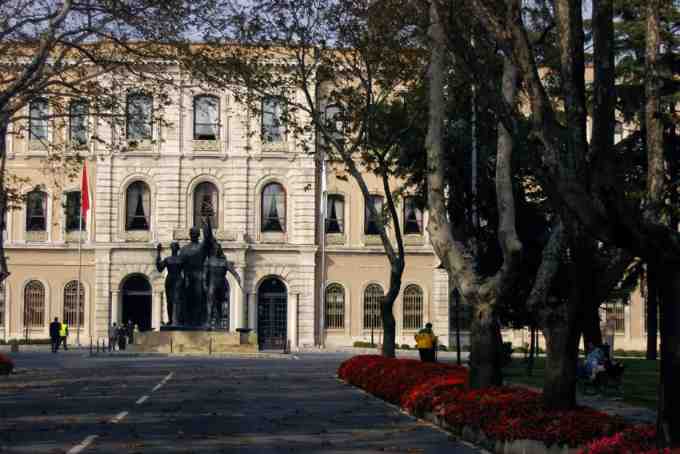
The Imperial University of Constantinople, also known as the University of the Palace Hall of Magnaura, was an Eastern Roman educational institution that dates back to 425 AD. e., when Emperor Theodosius II founded pandidakterion.
Pandidaktion was refuted in 1046 by Constantine IX Monomakh, who created the departments of law and philosophy.
Interestingly, Byzantine society was distinguished by an extraordinary degree of education of its citizens (especially when compared with the Europeans who lived at that time). In this state, developed in every sense, the desire of a person to acquire knowledge, as well as the development of science and art in general, were encouraged.
Interestingly enough, female education was welcomed in Byzantium. Here representatives of the beautiful sex (especially those belonging to the noble class) could receive knowledge on an equal basis with men.
